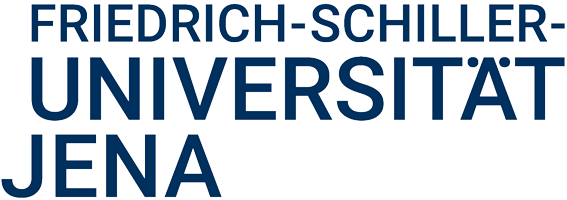- Startseite
- Forschungsabteilungen
- Faserphotonik
- Projekte
- Archive
- Metaphosphate
Metaphosphate
Laufzeit: 01.12.2016 - 31.07.2021
Functional glass fibers are the key component in a wide range of optical components. This concerns passive applications as waveguides in, for example, optical telecommunications and data transmission, but also active functionality in fiber light sources, optical amplifiers, fiber sensors, filters, modulators and switches. However, the underlying technological platform is still limited to a comparatively small number of fundamentally applicable materials and material architectures. By far the most important optical fiber materials today are silica-derived materials. One of the reasons for this limitation is the problem of material incompatibility, which usually prohibits combining exotic (optically highly functional) glass compositions with the process stability and resulting extreme material quality of silica glass. Such hybrid fibers are considered one of the most promising challenges in the field of optical fiber technology, as they could in principle offer property profiles beyond the physical limits of current fiber materials. This concerns, for example, the achievability of extreme refractive index gradients within a fiber, or (subject of this project proposal) the combinability of passive waveguide function with local plasmonic activity. Filling glass-forming melts into the micro- and nano-channels of photonic fibers or capillary structures has recently been introduced by the proposers as a very promising method to fabricate hybrid optical fibers. However, an existing problem is the generation of local material gradients in such a hybrid fiber, for example in the form of gratings, refractive index gradients or specific local plasmonic activity, as would be crucial leading a number of future applications.
The project is funded by the DFG joint proposal number SCHM 2655/10-1; AOBJ: 634041.
Partner


